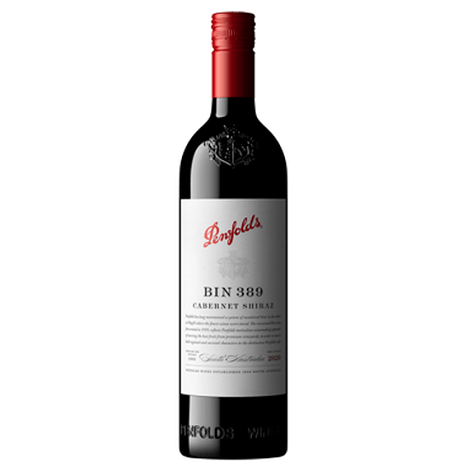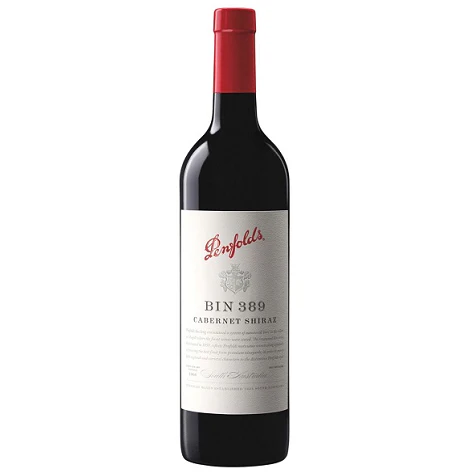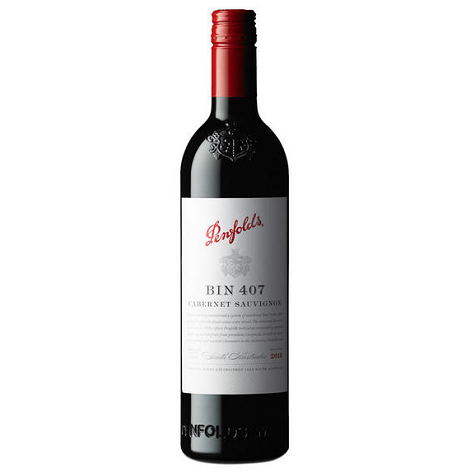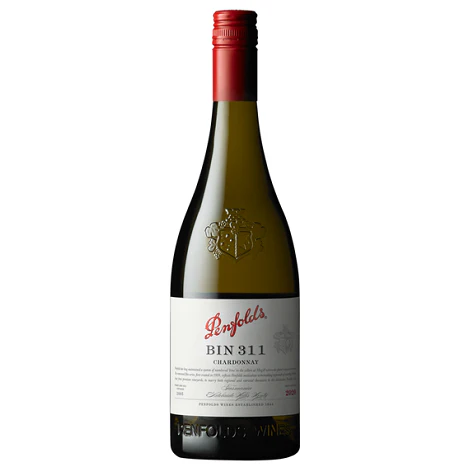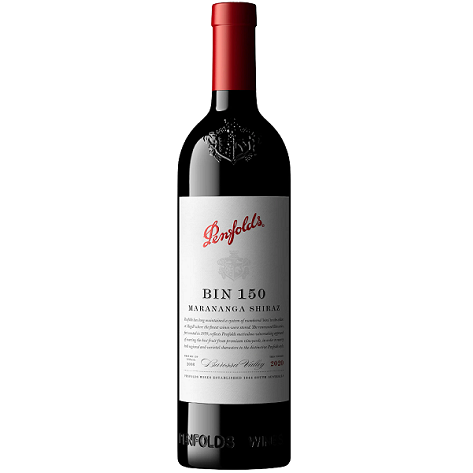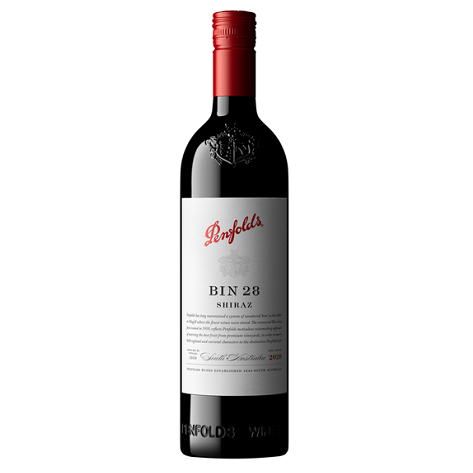Penfolds, Bin 389 Cabernet Shiraz 2021, Australia 'Baby Grange' - Sale
£69.95 per bottle
96 Points James Suckling
Cork closure
ABV 14.5%
Bin 389 was often referred to as ‘Baby Grange’, in part because components of the wine are matured in the same barrels that held the previous vintage of Grange. First made in 1960 by the legendary Max Schubert, this was the wine that helped forge Penfolds reputation with red wine drinkers by combining the structure of cabernet sauvignon with the richness of shiraz. Exemplifying the judicious balance of fruit and oak, Bin 389 highlights the generous mid-palate Penfolds is known for.
GRAPE VARIETY
Cabernet Sauvignon (53%), Shiraz (47%)
VINEYARD REGION
McLaren Vale, Coonawarra, Barossa Valley, Wrattonbully, Padthaway
WINE ANALYSIS
Alc/Vol: 14.5%, Acidity: 6.6 g/L, pH: 3.67
MATURATION
12 months in American oak hogsheads (37% new)
VINTAGE CONDITIONS
McLaren Vale enjoyed a relatively mild growing season. Dry conditions in July were countered by good spring rainfall. Warm conditions prevailed throughout spring. There were only nine summer days above 35°C. January conditions were near average, however conditions in February and March were mild. Veraison was late and that pushed harvest into March. The Barossa Valley growing season was also relatively mild with long dry spells. July was unusually dry, however good falls in August provided a solid foundation for the vines to thrive in spring. Spring temperatures were generally warmer than average with favourable climactic conditions for budburst and flowering. Summer temperatures were near long-term average, with 21 days >35°C. Coonawarra,
Wrattonbully and Padthaway in the Southeast all had a favourable start to the growing season. Spring was notably warm, November especially, up +3°C on the long-term average in Coonawarra. Coonawarra experienced seven days of minimum temperatures <2°C, however none of these were below 0 and no frost damage was reported. Wrattonbully had some isolated frost, but with minimal crop loss. Conditions for flowering were ideal, leading to excellent fruit set and yields. Padthaway yields were 25% above the norm. Except for a few wet days in February, the predicted La Niña conditions failed to materialise. Overall, the summer and autumn conditions were cooler than average, allowing grapes to ripen slowly and evenly. An outstanding vintage for both cabernet sauvignon and shiraz.
COLOUR
Black core, purple rim
NOSE
A kaleidoscope of aromas. First noted, sweet pastries. Blueberry danish and chocolate croissant. Sugar dusting. The fruits of the forest are quick to emerge, fresh blackberries and mulberries dominant. There is the faintest suggestion of formic acid, Max Schubert would approve. Dried bay leaf, pink peppercorns and black cardamom add spicy intrigue. The imagination conjures thoughts of rare roast beef with black pepper crust, seared venison loin, coal dust, cocoa powder and graphite. With a swirl, aniseed/licorice notes become pronounced.
PALATE
A flawless integration of the two varietals, neither dominating but working together in harmony. The aroma descriptors deftly match the palate. Flavours of black fruit and red fruit compote abound. Cocoa powder sweetness adds weight to the substantial mid-palate. There are plenty of savoury flavours to balance out the sweetness, with cold sliced salted beef, roast lamb cooking juices and cured pastrami. The tannins are fine, reminiscent of oolong tea, providing plenty of structure. The delicious fruit is married seamlessly with the creamy American oak. A fine seam of acid provides a refreshing lift on the finish. Very approachable now, but with plenty to offer down the track.
PEAK DRINKING
2025 – 2055
LAST TASTED
April 2023



